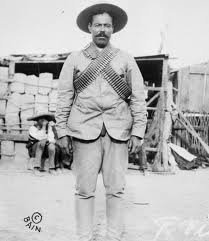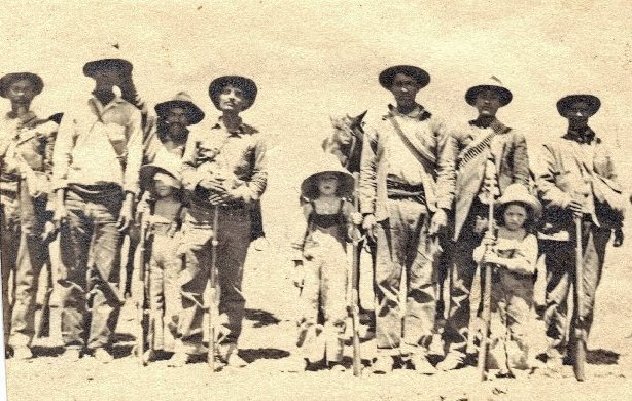A dishwasher is a machine used to clean dishware, cookware and cutlery automatically. Unlike manual dish washing, which relies heavily on physical scrubbing to remove soiling, the mechanical dishwasher cleans by spraying hot water, typically between 110 and 170 °F, at the dishes, with lower temperatures used for delicate items.
A mix of water and dishwasher detergent is pumped to one or more rotating sprayers, cleaning the dishes with the cleaning mixture. The mixture is recirculated to save water and energy. Often there is a pre-rinse, which may or may not include detergent, and the water is then drained. This is followed by the main wash with fresh water and detergent. Once the wash is finished, the water is drained, more hot water enters the tub by means of an electro-mechanical solenoid valve, and the rinse cycle(s) begin. After the rinse process finishes, the water is drained again and the dishes are dried using one of several drying methods. Typically a rinse-aid, a chemical to reduce surface tension of the water, is used to reduce water spots from hard water or other reasons.
The most successful of the hand-powered dishwashers was invented in 1886 by Josephine Cochrane together with mechanic George Butters in Cochrane's tool shed in Shelbyville, Illinois when Cochrane (a wealthy socialite) wanted to protect her china while it was being washed. Her invention was unveiled at the 1893 World's Fair in Chicago under the name of Lavadora but was changed to Lavaplatos as another machine invented in 1858 already held that name. Cochrane's inspiration was her frustration at the damage to her good china that occurred when her servants handled it during cleaning.
^ A hand-powered dishwasher and an early electric dishwasher both from about 1917
Dishwashers that are installed into standard kitchen cabinets have a standard width and depth of 60 cm (Europe) or 24 in (US), and most dishwashers must be installed into a hole a minimum of 86 cm (Europe) or 34 in (US) tall. Portable dishwashers exist in 45 and 60 cm (Europe) or 18 and 24 in (US) widths, with casters and attached counter tops. There are also dishwashers available in sizes according to the European gastronorm standard. Dishwashers may come in standard or tall tub designs; standard tub dishwashers have a service kick plate beneath the dishwasher door that allows for simpler maintenance and installation, but tall tub dishwashers have approximately 20% more capacity and better sound dampening from having a continuous front door.
The international standard for the capacity of a dishwasher is expressed as standard place settings. Commercial dishwashers are rated as plates per hour. The rating is based on standard-sized plates of the same size. The same can be said for commercial glass washers, as they are based on standard glasses, normally pint glasses.
If you want to read more about dishwashers... go here;
https://en.wikipedia.org/wiki/Dishwasher
Shrimp and grits has been a breakfast staple in Southern kitchens for a long time, but, over the years, word has spread across the country about how amazing this dish is. Now, folks are enjoying Southern Shrimp and Grits almost everywhere! With lots of creamy, cheesy goodness and flavor-packed shrimp...it's hard to resist!
- 4 slices bacon
- 4 cups water
- 1 cup old-fashioned grits
- 3/4 teaspoon salt
- 1 cup (8 ounces) shredded sharp Cheddar cheese
- 1 pound frozen peeled and deveined medium-sized uncooked shrimp, thawed
- 1 teaspoon minced garlic
- 1 tablespoon lemon juice
- 1 teaspoon hot sauce
- 2 scallions, sliced
- In a large skillet over medium-high heat, cook bacon until crisp; remove bacon and drain on paper towels, reserving drippings in skillet. Crumble bacon.
- Meanwhile, in a medium saucepan over high heat, bring water to a boil; stir in grits and salt, cover, and cook 15 minutes, or until thickened. Reduce heat to low, add cheese, and stir until melted.
- Heat drippings in skillet over medium-high heat. Add shrimp and garlic to skillet. Saute 3 minutes, or just until shrimp turn pink. Stir in lemon juice, hot sauce, and scallions and heat 1 minute.
- Spoon grits into a bowl, top with shrimp mixture, and sprinkle with bacon.

1919 – Richard Scarry, American author and illustrator (d. 1994) I bought his books for my children...

Observed annually on the first Sunday in June, National Cancer Survivor’s Day sets aside time to “demonstrate that life after a cancer diagnosis can be a reality.”
The day is a way for survivors to share their journey and offer hope and inspiration to those who have been newly diagnosed. Cancer survivors know the emotions and challenges associated with receiving a cancer diagnosis. They also know where the resources and support are for newly diagnosed cancer patients. The day encourages a celebration for survivors and their families. The day also offers a wellspring of support and outreach to cancer patients everywhere.
While every cancer and treatment is different, cancer survivors know the journey is often overwhelming. National Cancer Survivor’s Day brings survivors and their families together in a wellspring of support.
HOW TO OBSERVE Cancer Survivor’s Day
Each year, communities, hospitals and support groups host events and celebrations around the United States honoring cancer survivors. Events may include parades, carnivals, art exhibits, contests, and testimonies. President George W. Bush and the National Cancer Institute director each included a commencement at the 2008 celebration. Attend an event or organize one to show your support. Other ways to celebrate include:
- Post a photo on social media showing your support for cancer survivors.
- Share your story, journey of cancer survivor-ship.
NATIONAL CANCER SURVIVOR’S DAY HISTORY
Merril Hastings announced the first National Cancer Survivor’s Day during the second national conference meeting of the National Coalition for Cancer Survivor-ship in Albuquerque, New Mexico on November 20, 1987. Hastings then filed the name as an International Class 042 Service and also registered it with the United States Patent and Trademark Office in the name of Pulse Publications. The first observance was held on June 5, 1988.












